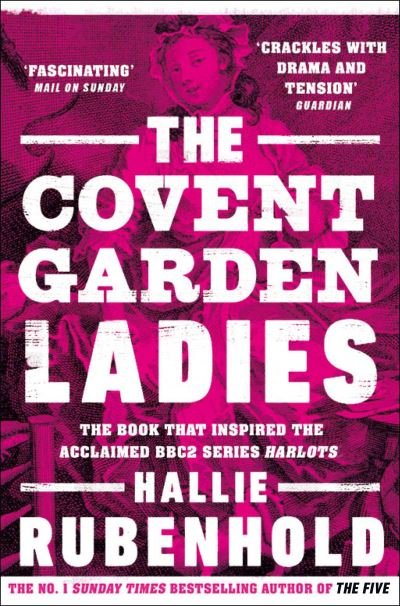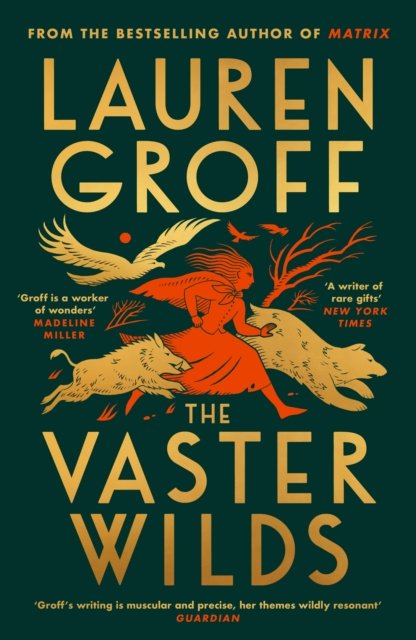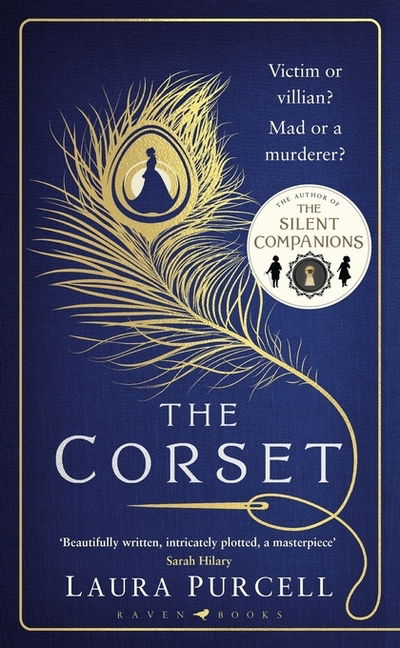
Tell your friends about this item:
The trespasser (1912) A NOVEL by D. H. Lawrence Original edition
D H Lawrence
The trespasser (1912) A NOVEL by D. H. Lawrence Original edition
D H Lawrence
The Trespasser is the second novel written by D. H. Lawrence, published in 1912. Originally it was entitled the Saga of Siegmund and drew upon the experiences of a friend of Lawrence, Helen Corke, and her adulterous relationship with a married man that ended with his suicide. Lawrence worked from Corke's diary, with her permission, but also urged her to publish; which she did in 1933 as Neutral Ground. Corke later wrote several biographical works on Lawrence. David Herbert Richards Lawrence (11 September 1885 - 2 March 1930) was an English novelist, poet, playwright, essayist, literary critic and painter who published as D. H. Lawrence. His collected works, among other things, represent an extended reflection upon the dehumanising effects of modernity and industrialisation. In them, some of the issues Lawrence explores are emotional health, vitality, spontaneity and instinct. Lawrence's opinions earned him many enemies and he endured official persecution, censorship, and misrepresentation of his creative work throughout the second half of his life, much of which he spent in a voluntary exile which he called his "savage pilgrimage". At the time of his death, his public reputation was that of a pornographer who had wasted his considerable talents. E. M. Forster, in an obituary notice, challenged this widely held view, describing him as, "The greatest imaginative novelist of our generation."Later, the influential Cambridge critic F. R. Leavis championed both his artistic integrity and his moral seriousness, placing much of Lawrence's fiction within the canonical "great tradition" of the English novel. The fourth child of Arthur John Lawrence, a barely literate miner at Brinsley Colliery, and Lydia, a former pupil teacher who, owing to her family's financial difficulties, had to do manual work in a lace factory, Lawrence spent his formative years in the coal mining town of Eastwood, Nottinghamshire. The house in which he was born, in Eastwood, 8a Victoria Street, is now the D. H. Lawrence Birthplace Museum. His working-class background and the tensions between his parents provided the raw material for a number of his early works. Lawrence would return to this locality and often wrote about nearby Underwood, calling it; "the country of my heart," as a setting for much of his fiction. Despite common misconception he is not related to T. E. Lawrence. The young Lawrence attended Beauvale Board School (now renamed Greasley Beauvale D. H. Lawrence Primary School in his honour) from 1891 until 1898, becoming the first local pupil to win a County Council scholarship to Nottingham High School in nearby Nottingham. He left in 1901, working for three months as a junior clerk at Haywood's surgical appliances factory, but a severe bout of pneumonia ended this career. During his convalescence he often visited Hagg's Farm, the home of the Chambers family, and began a friendship with Jessie Chambers.
| Media | Books Paperback Book (Book with soft cover and glued back) |
| Released | August 11, 2016 |
| ISBN13 | 9781537027166 |
| Publishers | Createspace Independent Publishing Platf |
| Pages | 140 |
| Dimensions | 203 × 254 × 8 mm · 290 g |
| Language | English |
More by D H Lawrence
Others have also bought
See all of D H Lawrence ( e.g. Paperback Book , Hardcover Book , CD , MP3-CD and MERCH )

 Christmas presents can be returned until 31 January
Christmas presents can be returned until 31 January





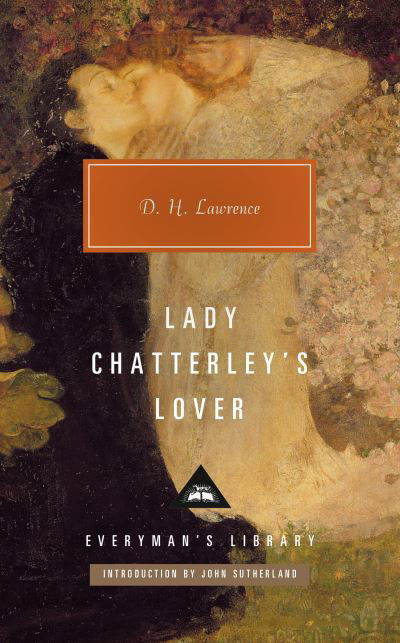

![Cover for D H Lawrence · Lady Chatterley's Lover (Paperback Book) [The Unexpurgated edition] (2024)](https://imusic.b-cdn.net/images/item/original/083/9798880907083.jpg?d-h-lawrence-2024-lady-chatterley-s-lover-paperback-book&class=scaled&v=1721198063)









![Cover for D H Lawrence · Studies in Classic American Literature (Paperback Book) [Warbler Classics Annotated edition] (2023)](https://imusic.b-cdn.net/images/item/original/857/9781959891857.jpg?d-h-lawrence-2023-studies-in-classic-american-literature-paperback-book&class=scaled&v=1698756170)


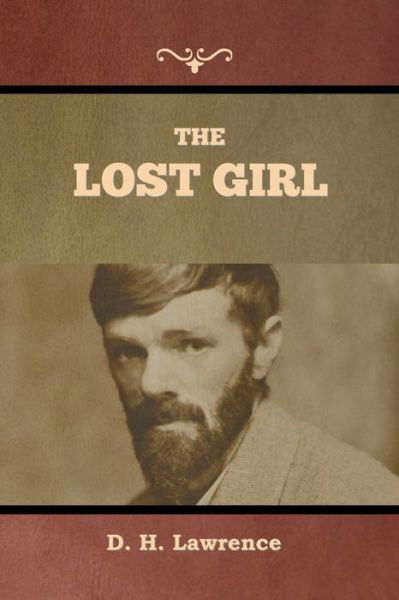
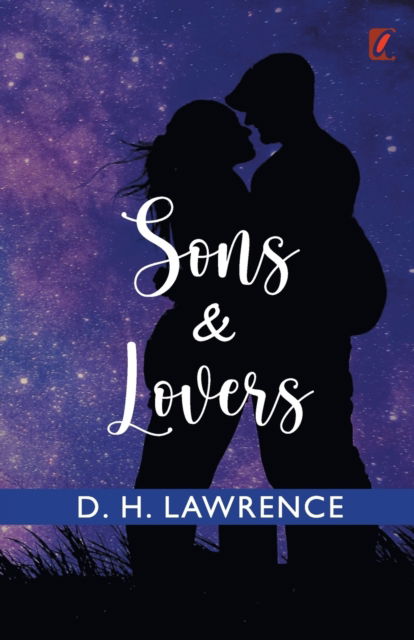

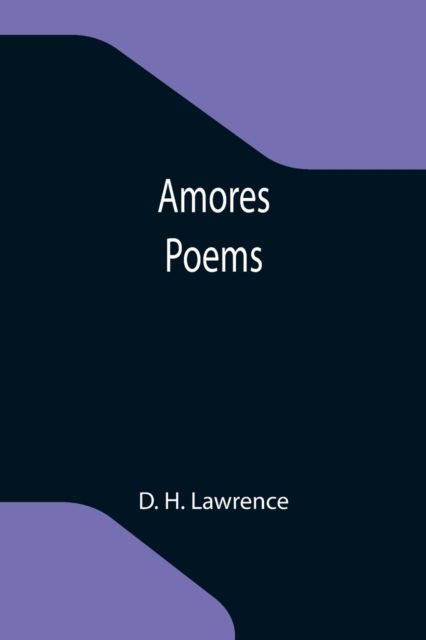
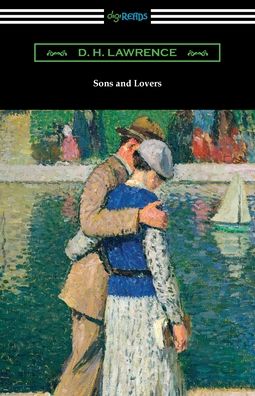





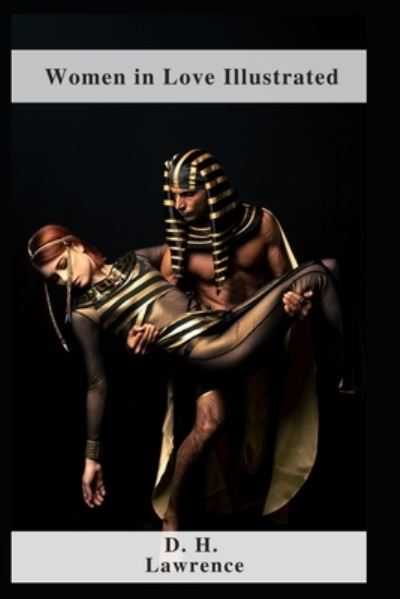

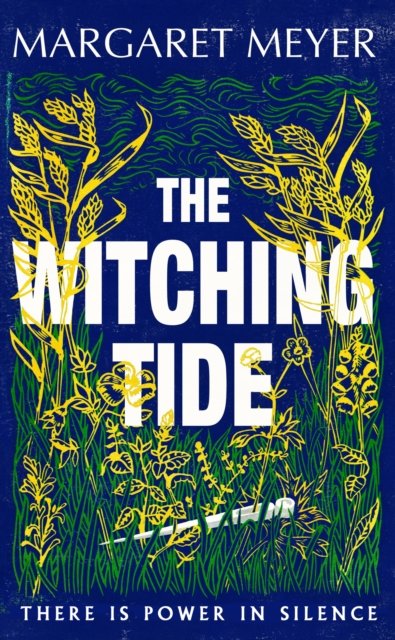


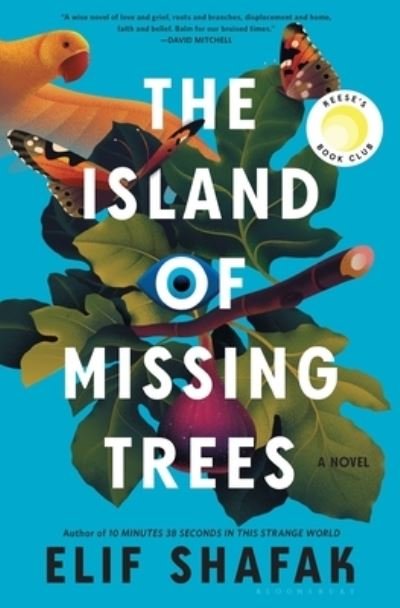
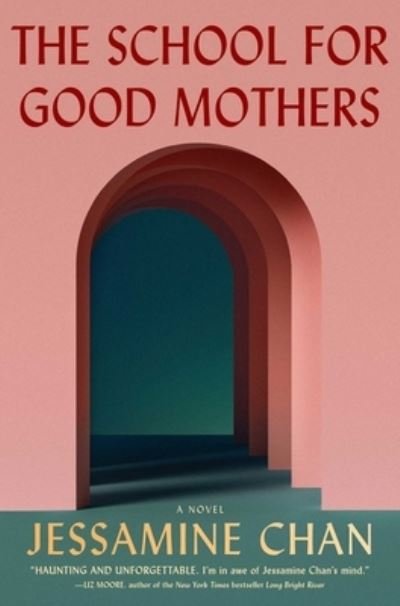
![Cover for Naomi Novik · Uprooted (Paperback Book) [Main Market Ed. edition] (2016)](https://imusic.b-cdn.net/images/item/original/146/9781447294146.jpg?naomi-novik-2016-uprooted-paperback-book&class=scaled&v=1462874677)
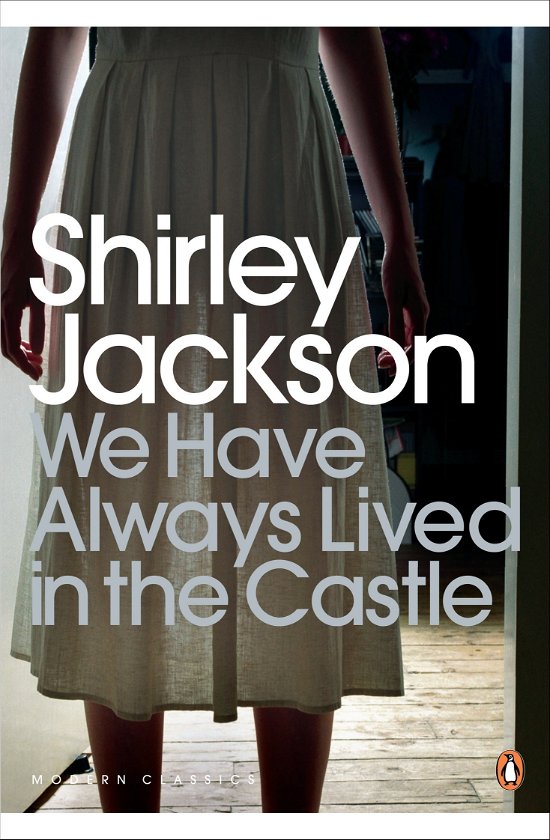
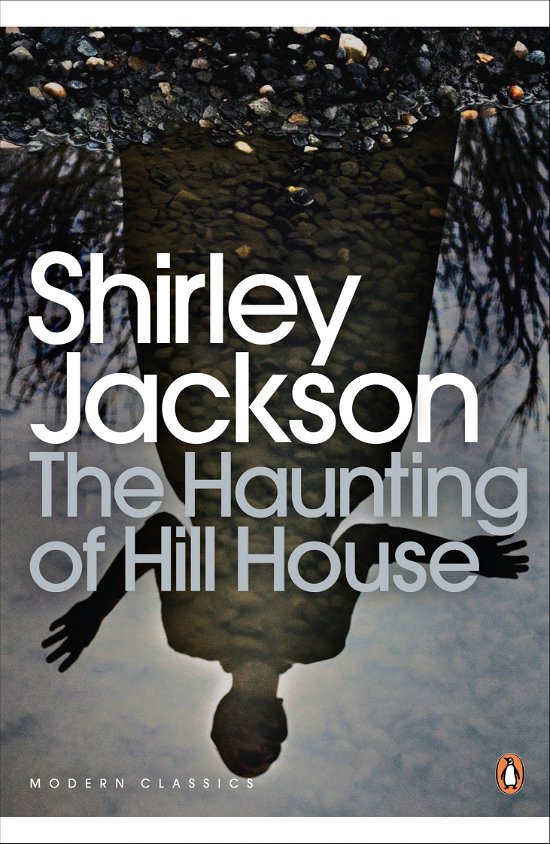
![Cover for Heather Parry · Orpheus Builds A Girl (Paperback Book) [International edition] (2023)](https://imusic.b-cdn.net/images/item/original/660/9781913547660.jpg?heather-parry-2023-orpheus-builds-a-girl-paperback-book&class=scaled&v=1681477206)



